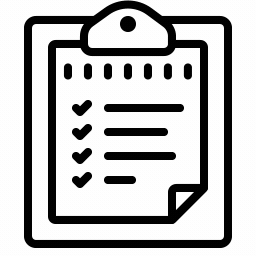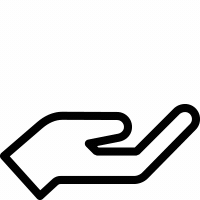INTER-VEHICLE
MESSAGING SYSTEM
VEHICLE COMMUNICATION SYSTEM PROTOTYPE



AIM
The aim of this project was to design a computer-based communications device that allows vehicle occupants (in cars, vans, or lorries) to send short text-based messages to one another wirelessly. The unique identifier code (like a telephone number) that they will use to address messages that they send is the recipient vehicle's number plate. Based on a Global Positioning System (GPS) signal, users will also be able to send messages to all other vehicles within a user-defined radius around their own vehicle.

PROJECT BRIEF
The purpose of this project is to provide an application for vehicles that allows them to engage with other vehicles within a specified radius of their current location. The system would enable users to communicate wirelessly and hands-free without using their mobile devices, resulting in reduced distraction and, in some instances, reducing the risk of an accident.

FEATURES
This project required that each member of the group design at least one feature. The project's requirements include: direct vehicle-to-vehicle communication, proximity-based vehicle-to-vehicle communication, a feature for content creation, alerting, and reading of messages in the vehicle (safely and legally), a feature for users to identify and select addressees for messages, a feature for users to archive and search previous messages, and a feature for users to be alerted if friends or previous connections are driving nearby.

MY CONTRIBUTION
My contribution to the group has been essential since I was leading and managing the project. The very first stage of the project was to select the methodology that will be applied. We decided to work with the Star Lifecycle because it allows us to move back and forth between the stages of the lifecycle. Following that, I did a requirement evaluation through questionnaires to thoroughly grasp the requirements, followed by the creation of a Gantt Chart for our project timeframe and task allocation to the members. The next stage was to do research and apply usability engineering principles to my prototypes. I employed the following concepts in my design: conceptual designs, for which I used techniques such as paper sketches, crazy 8s, storyboards, scenarios, and flowcharts to gain an idea of the UI of the system. Another principle I employed was Perceptual Organisation of Information, which assisted me in improving the system's aesthetics, functionality, and producing a pleasant interface. The Error Prevention and Recovery feature is used to prevent issues from occurring when using the system. Another principle that I used in my designs was aesthetic integrity and responsive design. The usability evaluation was the final stage in this lifecycle. To analyse the strengths and limitations of my designs, I employed System Usability Scale (SUS) surveys, observation to determine user behaviour, and Heuristic Evaluation to evaluate the system's usability. These strategies were utilised for both my early paper prototype and my final Digital Prototype/Wireframes. (The Project Report Document includes a comparison of both evaluations.)

SKILLS
Throughout the project, I learned a lot of things and improved my abilities, such as problem-solving, in which I researched the issue and assigned tasks to team members, as well as managing the team, which helped me build my leadership skills and effective communication with team members. I also improved my organisational and project management skills by organising the project and the weekly meetings. In addition, I enhanced my design skills by designing the project's UI and UX with Figma and Miro. I also studied how to conduct a Literature Review, where I reviewed various topics and how to improve the usability of the system I was designing.I've also learnt about Usability Principles and Evaluation Methods such as SUS, Observation, Heuristic Evaluation, and Data Analysis.
GROUP MEMBERS

The group consisted of five people, including myself: Yahya Elyamine, Mahamud Fatah, Shaun Philip Shine and Martin Tabakov.

